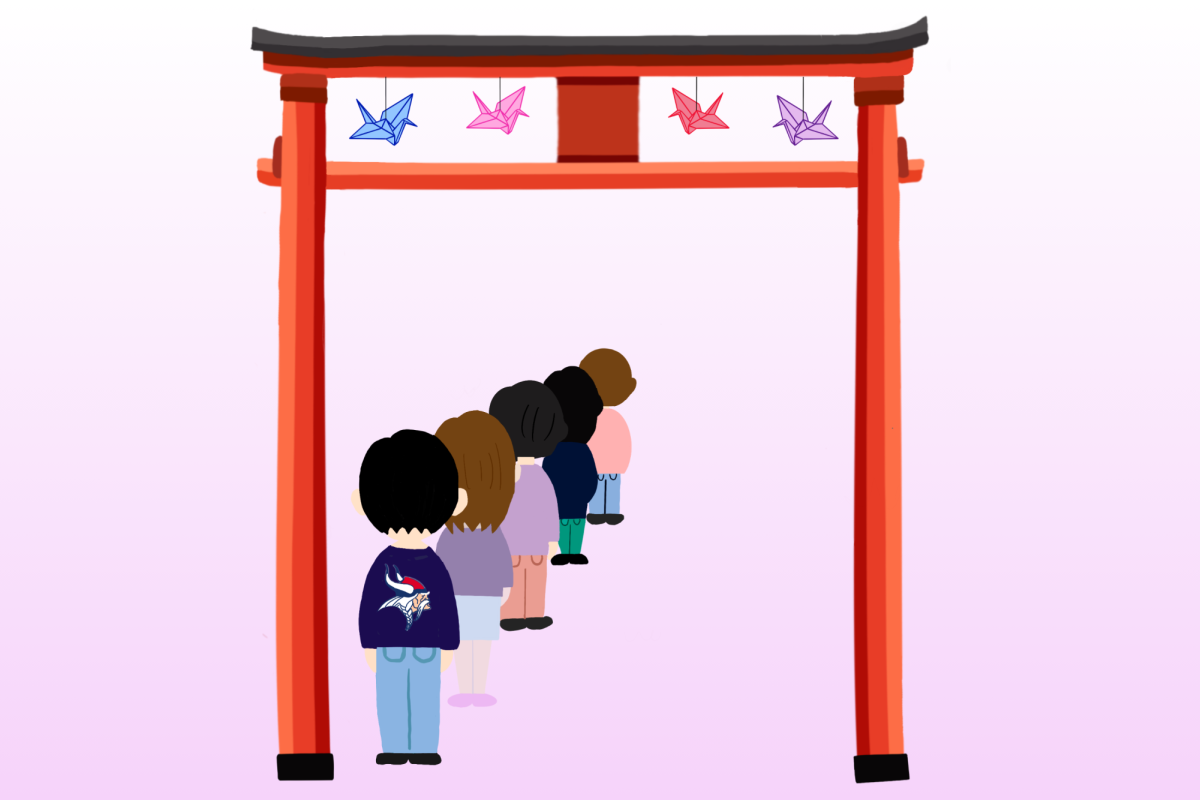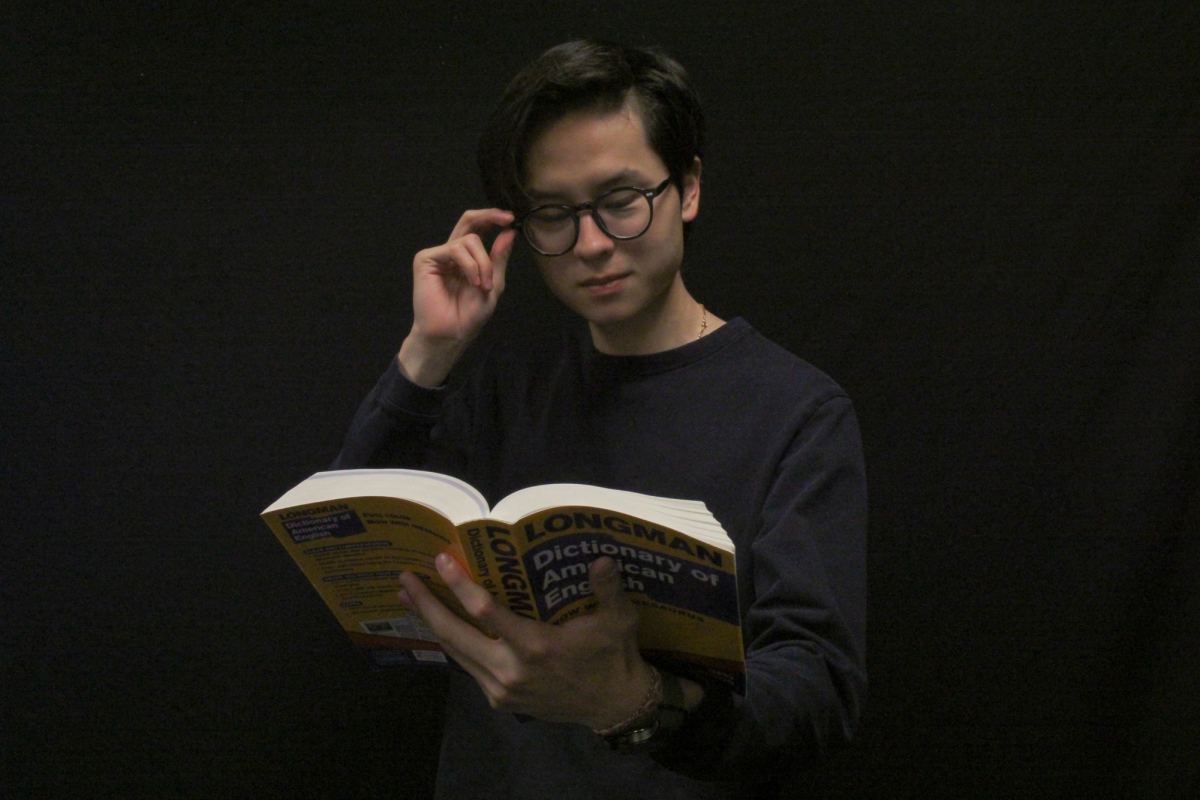Following a period of deliberation, during the Nov. 7 meetings the FUHSD board announced their updated proposals concerning the future of the schools’ world language courses amid declining enrollment.. The first possible course of action, Option A, is reflective of the original plan to phase out the language with the least number of enrolled students at each school. Meanwhile, Option B proposes removing one language from each school, with the exception of Lynbrook and Homestead High Schools due to stabilizing enrollment projections in their respective at-risk languages. Because Option B best aligns with the interests of the FUHSD community, the district should implement it as it adopts a more individualized approach that seeks to preserve the district’s robust and long-standing language programs.
“We want to provide as many language opportunities for our students as we can,” FUHSD Superintendent Graham Clark said. “When we can provide more options, the students benefit.”
In previous discussions, many community members felt excluded from the board’s decision-making process. After hearing persistent community feedback, the district has improved the transparency of its communication with the community, leading to the creation of Option B.
“I think the district did a good job of evaluating the community’s concerns and taking in public commentary,” Japanese teacher Jeremy Kitchen said.
Between the two scenarios, Option A provides a supposed fairness in reducing a language at every school, prioritizing financial sustainability by lowering the number of staff on payroll. However, this option fails to consider the unique circumstances of each school’s language programs. Many students, parents and teachers at Lynbrook and Homestead believed that following this plan would result in a blanket solution for declining enrollment at all schools despite class size variations in the same languages across schools. In this sense, adopting the same solution would not result in the fairness the district was aiming for.
“In addition to what students or teachers or the community want, we have to look at the issue from many different perspectives and find pros and cons in each of them,” FUHSD board member Naomi Nakano-Matsumoto said.
At Lynbrook, the Japanese program fosters a lasting sense of cultural appreciation within Lynbrook’s Japanese-learning community. For instance, Lynbrook’s Japan Bowl team frequently performs well at annual national Japan Bowls, regularly taking home finalist awards. Student competitors spend time immersed in the language’s intricacies and culture, and this passion is what secures Lynbrook a top place in competitions. Phasing out the Japanese program would pose a threat to the future of this nationally-recognized team and tight-knit community.
“The Japanese program has been a home even though it’s smaller than the other language classes,” senior and Japanese Honor Society President Rickey Chiu said. “Although I am proud that our Japanese program is well-renowned from winning competitions like Japan Bowl, it’s the community that really resonates with me.”
Likewise, students find language classes to be valuable in providing them with a new perspective or reconnecting them with a part of their own culture. Lynbrook class of 2019 alumnus Charlotte Zhang expressed her passion for Japanese while she was in high school and how it continued to follow her post-graduation.
“Since we Japanese students all had a similar passion, the community was really welcoming and understanding,” Zhang said. “We were lucky to have Miller as a feeder school, so I knew some of my classmates from seventh grade through AP Japanese. You can create some really long-lasting relationships — almost lifelong friends — in the program.”
The board also considered the number of students enrolled in middle school programs, which would feed into high school language courses and affect the class sizes. For instance, the Cupertino Language Immersion Program and the Japanese program at Miller Middle School both feed into Lynbrook and help prepare students for their respective high school language courses. As a result of these programs, 85% of the Citizen Advisory Committee indicated a preference for keeping all languages at Lynbrook and Homestead upon reviewing statistical data in October. This review of data reflects community desires to protect generations of language programs.
“Logistically, executing Option A might be easier for the district, but I think we all agree that having more opportunities for students should take priority,” Kitchen said.
Although some in the community still find it preferable for the district to preserve all language programs, the district currently has no plans to keep all programs. Thus, while Option B is far better than the previous Option A, it still presents many unanswered questions regarding how students would take languages not offered at their schools. Nonetheless, it is a step in the right direction.
“I’m really appreciative of all the people who have given their thoughts and supported me in this process,” Kitchen said. “I’ve been energized by all the students, alumni and colleagues who have given the program their support.”
Reflecting on the overwhelming community support and statistical justification for preserving the world language curriculums of Lynbrook and Homestead, the district should move forward with Option B. While preserving all world language programs at every school is practically impossible due to declining enrollment, Option B is the most effective compromise for protecting strong language programs at the schools where they are most well-established, and it avoids a blanket solution that fails to account for schools’ cultural and enrollment differences.










































































